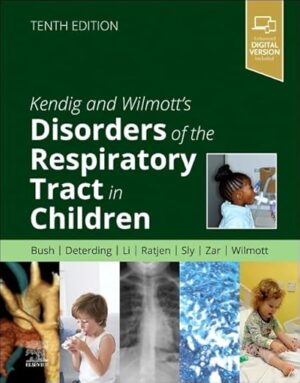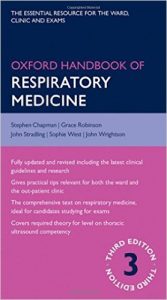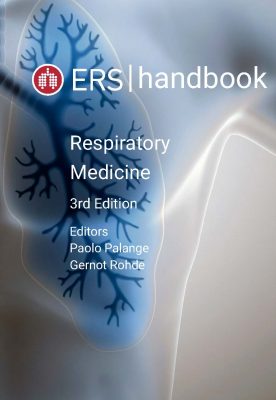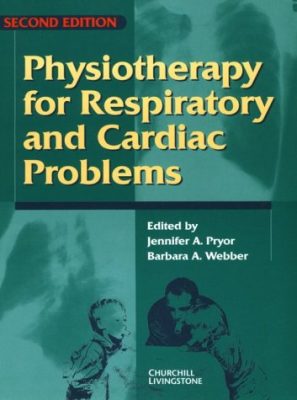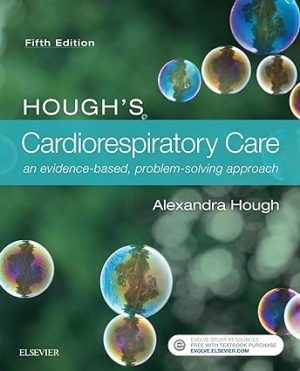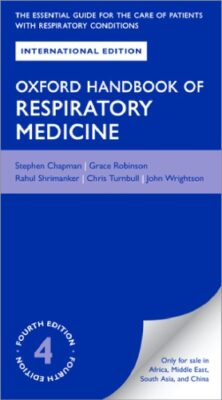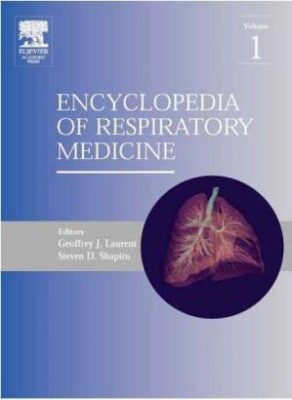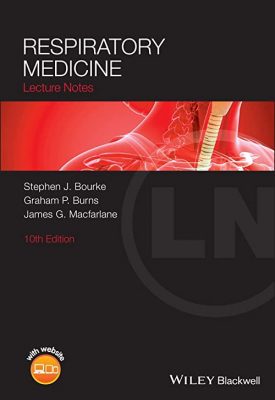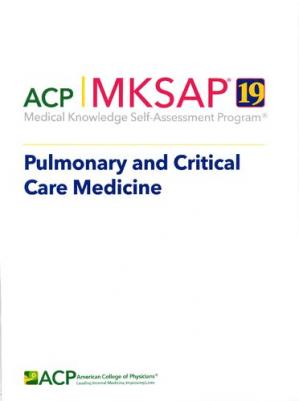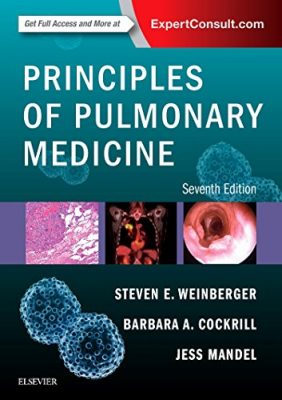Kendig and Wilmott’s Disorders of the Respiratory Tract in Children 10th Edition
Extensively revised from cover to cover, Kendig and Wilmott’s Disorders of the Respiratory Tract in Children, 10th Edition, continues to be your #1 choice for reliable, up-to-date information on all aspects of pediatric respiratory disorders. This highly respected reference is accessible to specialists and primary care providers alike, with coverage of both common and less common respiratory problems found in the newborn and child. Detailed and thorough, this edition covers basic science and its relevance to today’s clinical issues as well as treatment, management, and outcomes information, making it an ideal resource for day-to-day practice as well as certification or recertification review and other professional examinations such as pHERMES.
- Offers an international perspective on the whole spectrum of the specialty, including a robust video library with demonstrations of key procedures and bronchoscopic views.
- Uses a consistent format with succinct, bulleted text, and contains abundant tables and figures, chapter summaries, and more than 500 full-color images to convey key information in an easy-to-digest manner.
- Contains eleven new chapters and discusses timely topics such as big data and -omics in respiratory disease, COVID-19, obesity and its consequences, and vaping and nicotine addiction among children and young people.
- Provides up-to-date instruction on key procedures, such as bronchoscopy and pulmonary function testing.
- Highlights the knowledge and expertise of nearly 90 new authors who are global experts in the fields of pediatrics, pulmonology, neurology, microbiology, cardiology, physiology, diagnostic imaging, critical care, otolaryngology, allergy, and surgery.
- An eBook version is included with purchase. The eBook allows you to access all of the text, figures and references, with the ability to search, customize your content, make notes and highlights, and have content read aloud.

